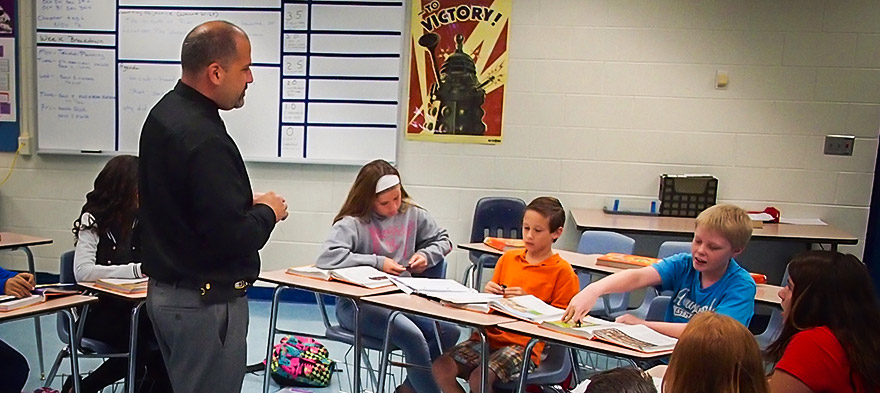
May 12, 2016 12:00:00 AM
Few states test students, particularly those in middle or high school, in the academic subjects we need data for.
Despite the growing focus on STEM instruction in the United States, student achievement data is still not available in a number of science-related subjects. Thus, it is not possible to assess the performance of teachers in many of the courses we expect high school students to take.
To be statistically significant, VAM requires relatively large numbers of teachers to be teaching in the same tested subjects, grades, schools and districts.
Unfortunately, this isn’t the reality that many teachers, particularly those in high-need schools, experience. In one state where our Teaching Fellows are working, fellows were teaching 66 different subjects in one academic year, and the number teaching any particular course was relatively small. This made most assessments statistically insignificant.
Practically, this means VAM scores, as well as other types of teacher performance measures, cannot be used to gauge the effectiveness of teacher education programs at specific universities in fields that produce small numbers of graduates, like the STEM subjects, as well as other high-need fields like special education and English language learning.
The contribution of educators who replaced the original teacher of record—which happens often, particularly in high-need schools—becomes difficult to determine.
In many of these schools, the current teacher of record is the second or third teacher in the classroom in a given academic year. These educators do not work in isolation and benefit from working with colleagues and contributing to the school environment, components not accounted for under the current VAM model. This is one more challenge in obtaining meaningful data on teacher effectiveness.
Arthur Levine is the president of the Woodrow Wilson National Fellowship Foundation in Princeton, New Jersey. He served as the president of Teachers College, Columbia University from 1994 to 2006.
Few issues in education spark more tension and debate than standardized testing. Are they a tool for equity or a burden on students? A necessary check on school systems or a flawed measure of...
Charter schools are public schools with a purpose. Operating independently from traditional school districts, they're tuition-free, open to all students, and publicly funded—but with more flexibility...
Despite the benefits of a diverse teaching force, prospective teachers of color fall out of our leaky preparation pipeline at every stage: preparation, hiring, induction, and retention. Here’s what...
Ed Post is the flagship website platform of brightbeam, a 501(c3) network of education activists and influencers demanding a better education and a brighter future for every child.
© 2020-2025 brightbeam. All rights reserved.
Leave a Comment